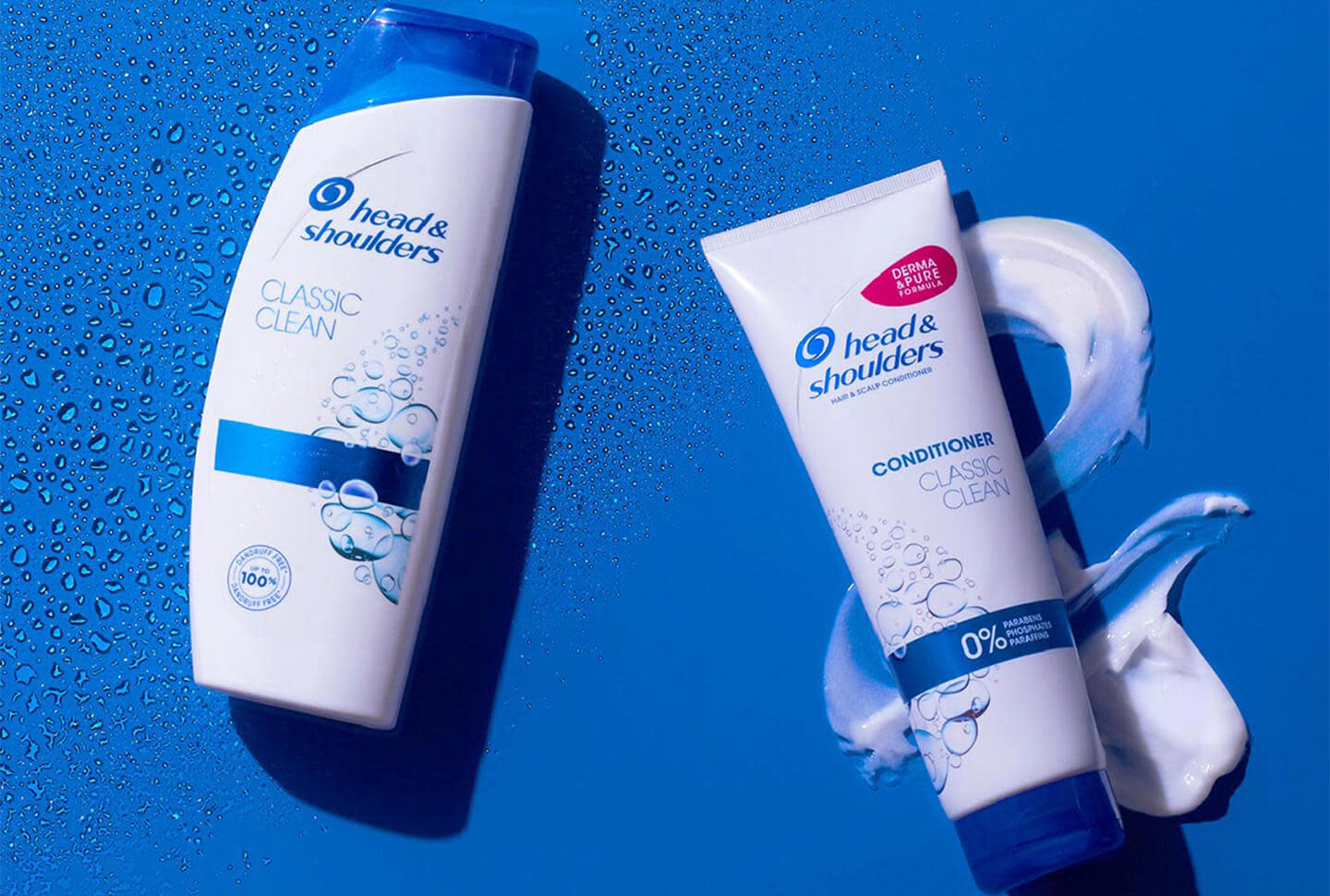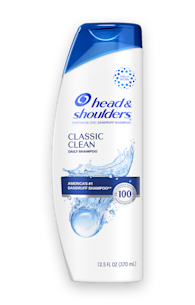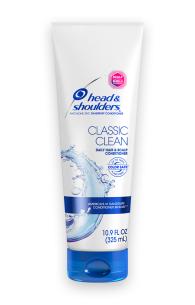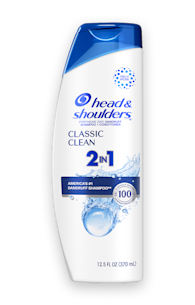HOW TO GET RID OF HEAD LICE?

Dealing with head lice is tricky – especially when it’s easy so to confuse with other conditions like dandruff. Use our guide to fix your head lice problem quickly.
Head lice: a problem that affects a millions of people every year, especially school-aged children.
Unfortunately, it’s not always easy to tell if your child has head lice – there are a number of conditions that present similar symptoms, the most obvious of which is dandruff.
To make sure you’re choosing the right solution to the right problem, we’ll look at the differences between dandruff, arguably the most common scalp problem, and head lice. Then we’ll discuss the best ways to tackle each.
Head lice or dandruff?
Dandruff and head lice have very different causes. Dandruff is caused by sensitivity to oleic acid, a by-product of the common Malassezia globosa fungus. Head lice are parasites that feed on human blood.
Even so, there’s a simple reason that it’s easy to confuse them because both present similar symptoms.
Both dandruff and lice cause itchiness on the scalp, as well as irritation. Both can cause red bumps, and in more severe cases sores. And lastly, both announce their presence with white objects on the hair that can seem similar if you don’t know what you’re looking at.
Luckily, there are differences, and they’re not too hard to distinguish.
The difference
While head lice and dandruff do share some symptoms, there are key differences that make it possible to distinguish them.
Dandruff is, as mentioned, caused by a sensitivity to oleic acid. This acid is a by-product of the Malassezia globosa fungus that is present on all of our scalps.
In those sensitive to it – that’s around 50% of people – the scalp can be affected in a number of ways. There are two major ways that you can tell dandruff from head lice:
Adhesion: Dandruff flakes (which can be white to yellowish) can appear attached to the scalp, or loose on hair fibers. They easily slide up, down, or off a hair fiber.
Location: Whereas head lice tend to be confined to certain areas, dandruff can occur anywhere on the scalp
In those with head lice, by contrast, itching is our body’s reaction to the saliva secreted by the lice when they feed on our blood. They also produce symptoms that are distinct from dandruff in many ways:
Adhesion: the eggs, or “nits,” of head lice are attached directly to the hair and are difficult to move on the fiber. They show up as small white, yellow, or even brown teardrop-shaped bumps on the hair fiber.
Location: nits tend to be more localized than dandruff, occurring primarily behind the ears and in the neck area.
Sores: You may find evidence of small red sores as a result of the bite of the lice.
Live insects: Sometimes evidence of live lice can be seen or felt moving on the scalp. Lice move quickly to darker areas, so they can be hard to find.
So, there are ways to tell the difference. But what do you do once you’ve worked it out?






